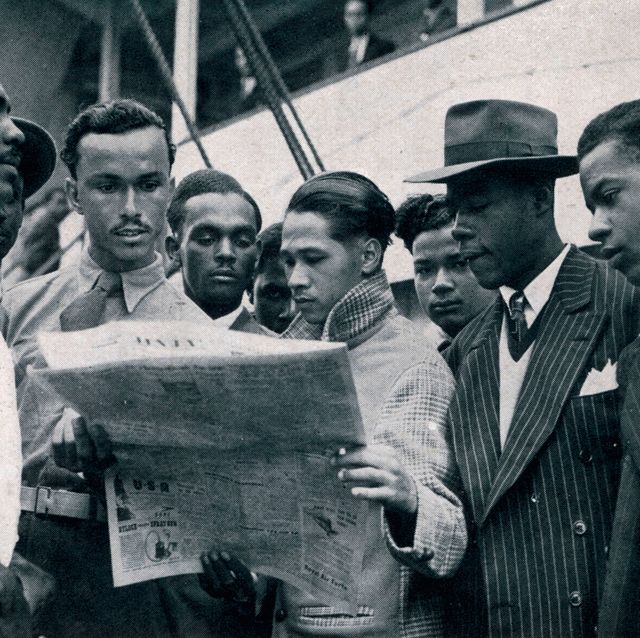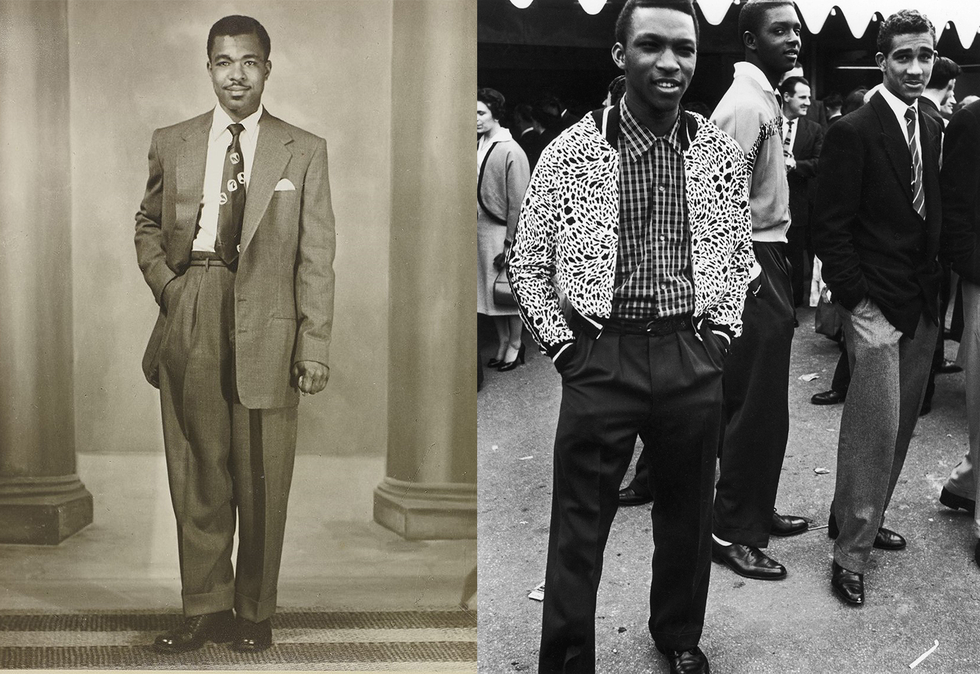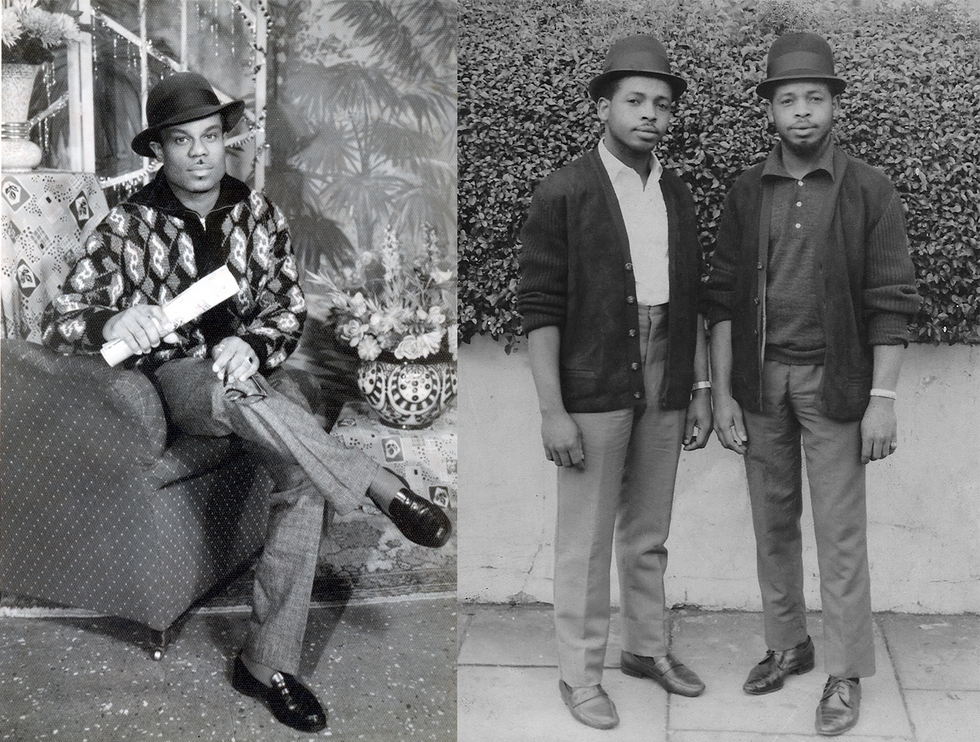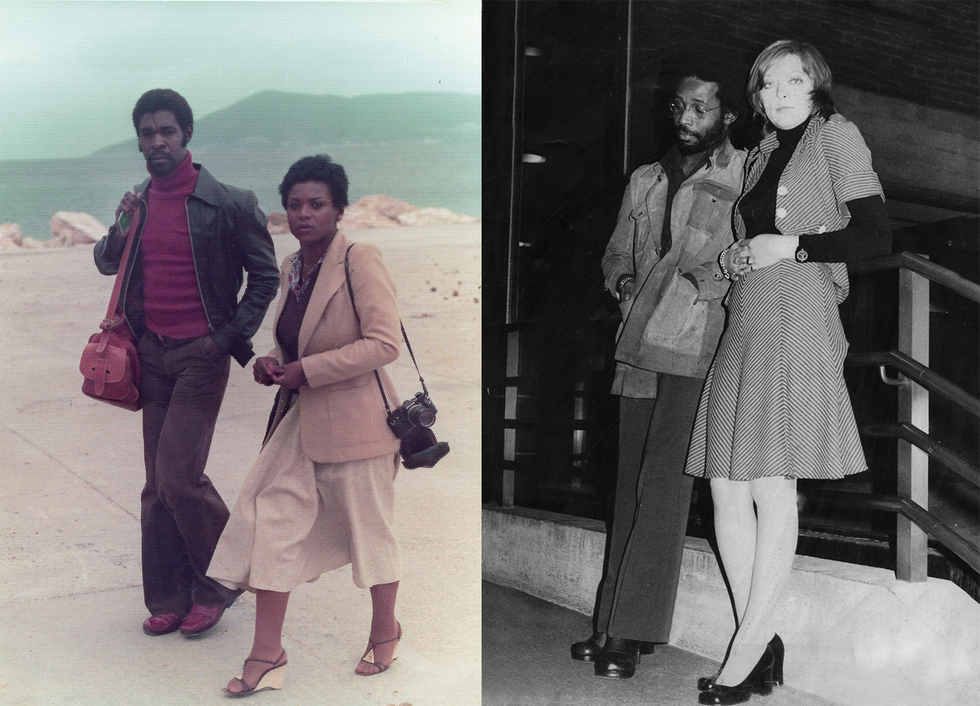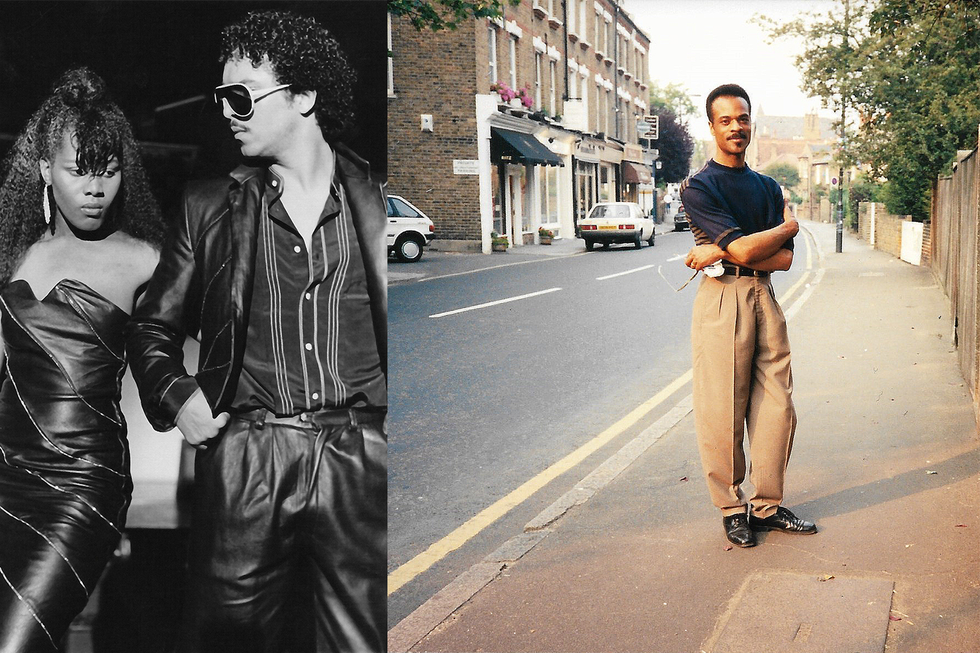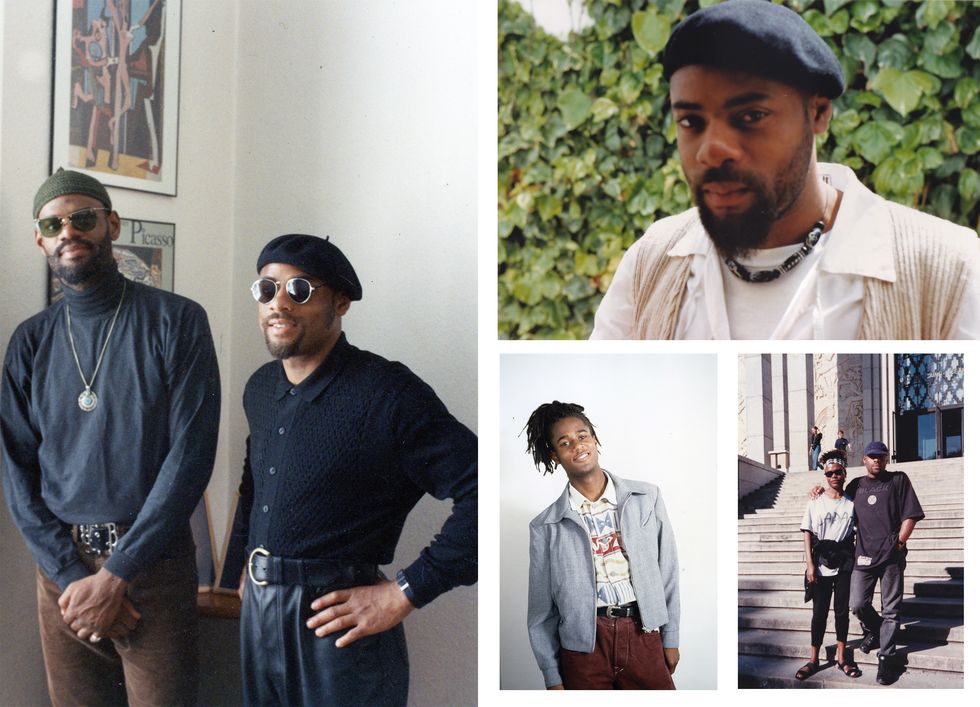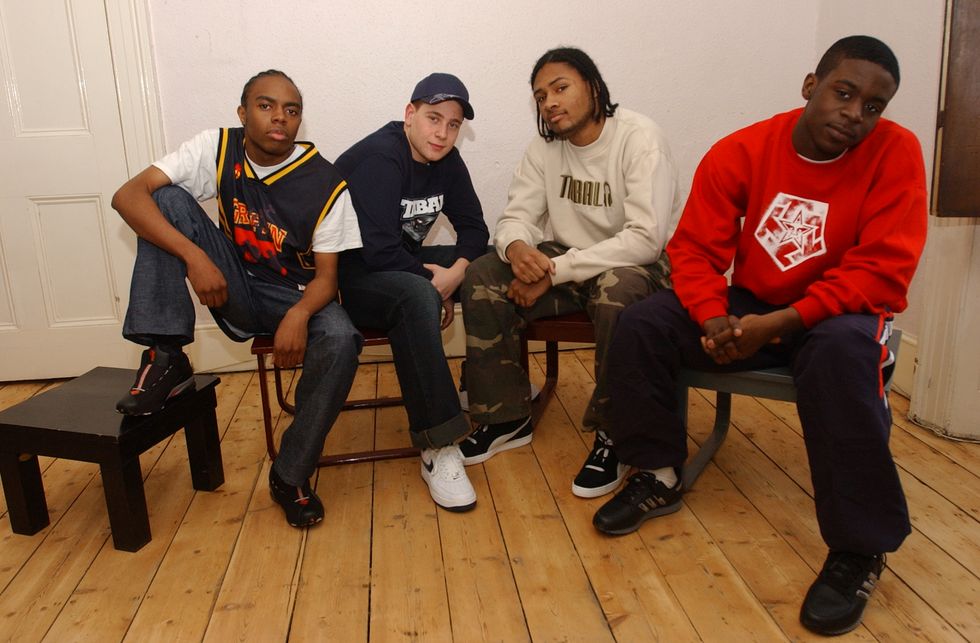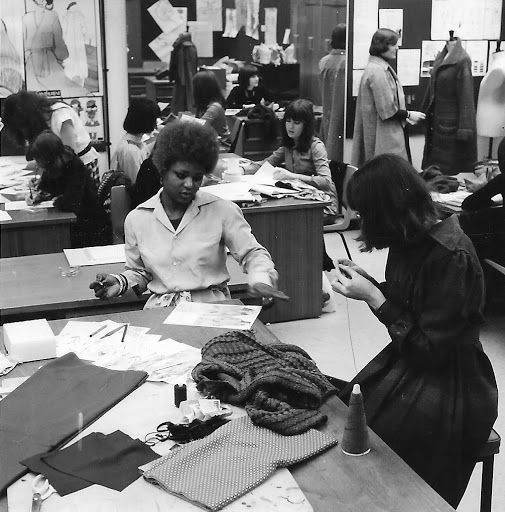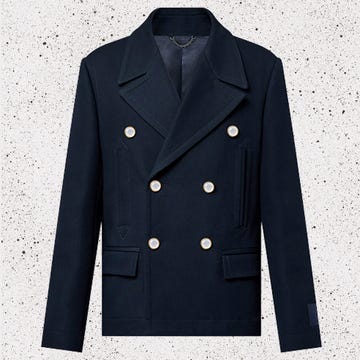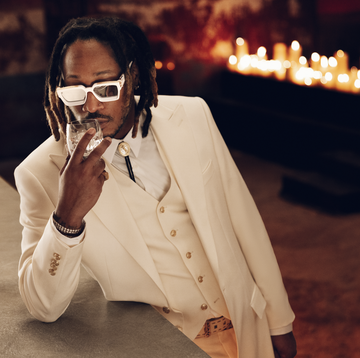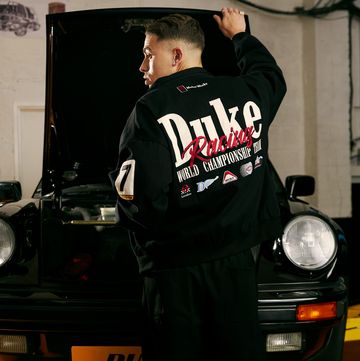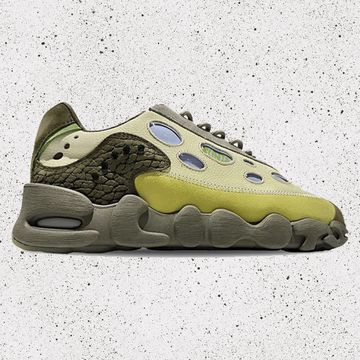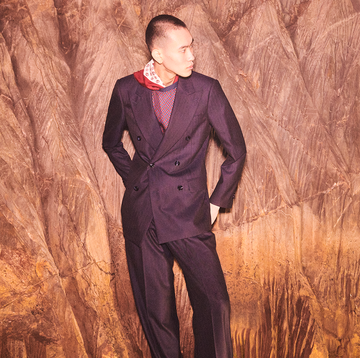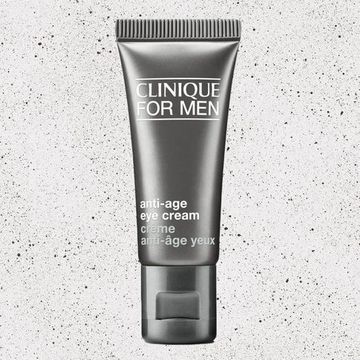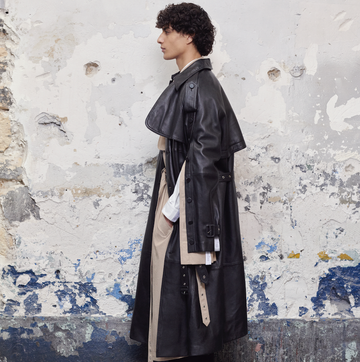It's been over 70 years since the SS Windrush arrived in London carrying the first wave of Caribbean settlers recruited to help rebuild post-war Britain. While the Windrush scandal of 2018 shed light on their indisputable contributions to the British labour force, National Health Service and textiles industry, not enough attention has been paid to another one of their influential imports: style.
Fashion Designer and Historian Lorna Holder's book 'Style In My DNA' chronicles over 70 years of Windrush fashion and this Black History Month, we take a deep dive into the menswear showcased within the book to examine the important role fashion played within the Windrush community.
Despite the laborious tasks that awaited them, the men that disembarked the SS Empire Windrush in 1948 came dressed in tailored suits, wide-legged trousers and trilby hats. For the early Windrush Generation, access to British designers allowed them to experiment with clothing and trends beyond their reach back home. Up to this point, their formal wear was mostly inspired by African American cinema, proving that while colonialism tied their homelands to the British Empire politically, geography dictated that American fashion ruled supreme throughout the Caribbean islands.
While wartime rationing was still in effect throughout the 1950s, access to textiles grew, as did people's desire to dress for style over utility. The emergence of the "teenager" and developments around synthetic cotton helped fuel this cultural shift. For the Windrush generation, the 1950s was also the decade when wives previously left behind in the Caribbean travelled to Great Britain to join their husbands. While many of these wives were trained nurses destined to work for the NHS, they were also skilful pattern cutters and seamstresses who used their talents to design new clothing for the community. With greater access to designers, men's jackets trended towards a single-breast and had a softer line than in the previous decade. Trousers were more tapered with pleated waists, and casual wear continued to mimic that of American cinema with knitted pullovers, denim jeans, and bomber jackets.
The 1960s fashion landscape was pivotal for the whole UK. The decade saw the emergence of Rockers, Beatniks, Hippies and Mods, the latter of whom became fans of a new style of music out of Jamaica, Ska. Before long, Ska took over London's West End, turning Jamaican practitioners Prince Buster and Desmond Dekker into menswear icons. Large collared jackets, porkpie hats, Kaftan-style shirts and wide-flared trousers were all the rage within the UK's Caribbean population. Following Ska came the Rudeboy and Rocksteady movements which rebirthed the pork pie hat and fine suits from previous eras.
This new generation was unrecognisable from their parents, who had arrived on these shores in crisply tailored suits. As the decade progressed, men's hair would be the final style battleground fought within the Caribbean household. Previously used chemical relaxers aimed at replicating western hair ideals were out. Defiantly, young men grew out their afros in solidarity with the on-going civil rights movement in the USA.
Come the 1970s and racism was still very prevalent in the UK. This would be the decade when far-right group The National Front would instigate the infamous Battle of Lewisham. With the country now rebuilt, anti-immigration rhetoric would turn large sections of the public against those that previously arrived to help.
For young Black Britons born in the UK, their clothing choices reflected this discourse. Afros grew larger, and with chapters of the Black Panther movement opening within the country, young people adopted their leather jackets and military-style boots. Writing of her own experience, Fashion Designer Lorna Holder remarks "[We] differed significantly from the 1948 Windrush arrivals. We not only wanted to live and work in Britain but we also wanted our voices to be heard through political channels to enforce change."
In the 1980s, political upheaval and ever lingering racial tensions cast a dark cloud on the Caribbean community. Once more sympathising with the struggles of African Americans, many adopted the streetwear and oversized accessories popular at the birth of the hip-hop generation.
This generation was by no means a monolith, and while formal womenswear became more masculine with wide-shouldered jackets and oversized coats, men adopted a softer line. Heeled boots, Jeri-curled hair and bright colour pallets were all the rage, beginning conversations around masculinity within the community which continue still to this day.
Entering into the 1990s and onwards, the lines begin to blur. The original Windrush generation were now elders within the community, and the current generation of settlers had only spent their childhoods in the Caribbean. Having spent their whole lives in the UK, Black Britons of Caribbean descent primarily dressed to fit whichever subculture of the time they felt they belonged.
There were, however, some trends which intersected with cultural backgrounds. The emergence of grime music in the early 2000s championed by artists of Caribbean descent Kano and Wiley for instance. While Black youths joined many subcultures of the decade, grime was the principal scene which leaned into Blackness. Nevertheless, grime fashion reached beyond the grasp of any singular cultural community, which could account for its widespread popularity today. While the cultural lines have thinned throughout the decades, the sense of community all people have found through fashion is still evident.
Fashion was more than just clothing to the settlers that stepped off the SS Windrush. It symbolised their readiness to work and help rebuild a better Britain. The clothing they sent back to their families in the Caribbean fuelled a passion for British design in places previously shut out from the industry. As migration continued, these followers of British fashion design helped fuel Britain's worldwide cultural revolution, no longer as admirers but as contributors. To bear witness to the fundamental ways Caribbean fashion and culture shaped Britain is to ensure that the significant contribution made throughout the decades will never be forgotten.
